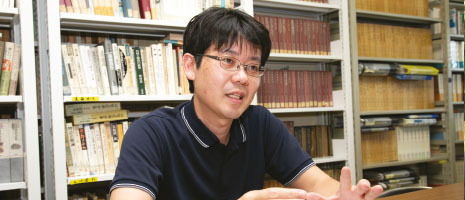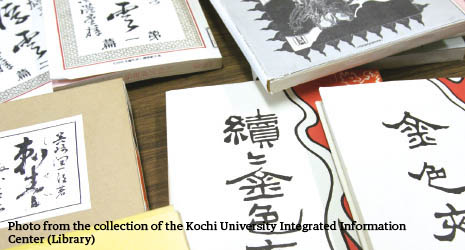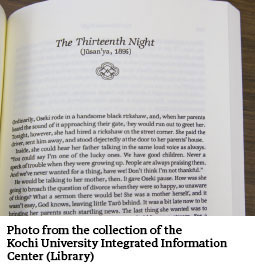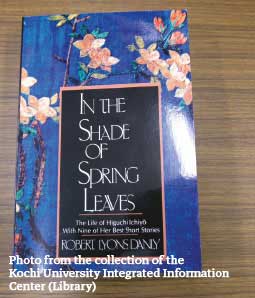Home > Highlighting JAPAN > Highlighting Japan October 2018 > From Meiji to the Present: Looking Back on 150 Years of Progress
Highlighting JAPAN


Four Novels That Illuminate Meiji Society
The Meiji Period (1868-1912) produced a string of literary masters whose novels are still read and appreciated today. Here are four examples of distinctive literary works set in that period that examine the society, culture and public notions of the time.
The Meiji Period was a time of rapid modernization. One novelist who outlived it, Natsume Soseki, said the Japanese were trying to develop “in just ten years the civilization of today that took Western nations a century.” According to Kochi University associate professor and modern Japanese literature researcher Kazuma Tagusari, since literature tends to be closely related to individuals, it often reveals personal aspects of those perplexed by rapid modernization. Many writers of the period sought to write in a more colloquial style instead of the conventional literary style, and to unify the written and spoken language. They produced novels in an easy-to-read style, which gradually spread the culture of reading among the populace.
Tagusari cites Soseki’s Kokoro for brilliantly depicting the lifestyle changes of the period. Although serialized in a newspaper in 1914 (the third year of the Taisho Era), the account begins with the narrator interacting with a teacher he met in Kamakura. The novel reveals changes in dining, from people eating a meal from their own trays at individual tables to people sitting together around a dining table. He finds it interesting that the new era’s premise—that having everyone sitting around the table should be fun–exposes the frictions in human relations and amplifies a sense of awkwardness.
Tagusari recommends Ichiyo Higuchi’s The Thirteenth Night as a period work that depicts Japanese customs. Unable to endure her unhappy marriage to Harada, a high-level bureaucrat, the heroine Oseki returns to her parents’ house. Her father, who doesn’t want the family to lose their connection to the higher ranks of society, admonishes her and sends her back to her husband. On her way home, she reunites with Rokunosuke, a former lover, but love does not reignite and the two again go their separate ways.
The novel depicts the annual practice of moon viewing on the thirteenth night of the lunar calendar’s ninth month. Modernization, however, has reduced the observance of the custom, and we are led to believe that even a high-level bureaucrat like Harada no longer follows the tradition. The tradition does continue at Oseki’s family home, which has fallen behind the times, showing the sharp contrast between the enlightened new world and the old world of shadows. Higuchi parallels the melancholy figures of those unsure about how to live properly in the new era with the thirteenth night’s imperfect moon. This is not depicted negatively, but rather conveys the sensitivity of the Japanese in grasping the substance of the human condition in the way that, like the thirteenth night, is somehow lacking.
Tagusari cites Golden Demon by Koyo Ozaki as a work that reveals love between the sexes and opinions on marriage during the time. Although Omiya had promised to marry Kanichi, she marries a wealthy man instead. Kanichi angrily kicks Omiya to the ground and disappears.
Before the Meiji Period, the word love in Japan often had negative nuances of sexual love and obsession. Even The Tale of Genji never mentions the word. Western influences changed this view, as exemplified in Golden Demon where Kanichi’s enduring love for Omiya is shown repeatedly, and the word love is used in the positive sense it is today. We can also sense something of the difficulty Japanese people have in expressing affection and building relationships. It reveals that even as modernization progressed, women’s happiness was still dependent on marriage.
The professor’s final selection, Ogai Mori’s The Dancing Girl, portrays the writer’s visit to the West. Rushing to create legislation as a modern state, the Japanese government sends Toyotaro to study in Berlin. His ego awakened by contact with European freedom, Toyotaro falls in love with the beautiful dancer Elise. Ultimately, however, he abandons love in favor of his career, but this novel shows the conflict of the individual forced by rapid modernization to live as a cog in the nation’s gears.
These pivotal works have been translated into English, and they allow readers to get an idea of the society and public ideas of the time.
© 2009 Cabinet Office, Government of Japan








